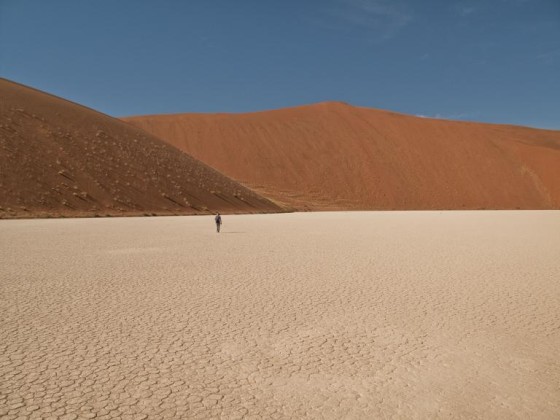The Namibian desert, with its stark, lunar landscape, makes an ideal dramatic backdrop for a post-apocalyptic movie.
Max Max: Fury Road, which on Sunday won six Oscars, was filmed in this desert’s dusty dunes. The production relocated to Namibia from Australia after unusually heavy rains Down Under turned a normally dry landscape green.
But while parts of Namibia have the look of a wasteland, this rugged exterior hosts a fragile ecosystem. Residents and environmentalists have complained that the film crew’s work in the Namib Desert caused damage to sensitive areas, and potentially to the small reptiles and rare cacti that live there.
